If you know where your mince has come from, then you can be sure that it isn’t full of additives or processed foods. As a low-carb person these days, I also want to know exactly what is in my food, so that I can count it.


I’d been tempted by the Lakeland Burger Press for a while, but to be honest, I hadn’t got round to it before now.
In the past, I tended to simply make a ball with my hands and then flatten it, but the burgers were usually pretty misshapen, and thinner at the ends than in the middle, so I thought it was worth a go.
While I was online for an order, I had to pop this beauty into my shopping basket. It’s simple, yes, but also brilliant at getting regular shapes.
Burgers & Fillers
For my mince, I chose the food from my local butcher, Andrew Gordon, of the The Lean Butcher, who has recently rebranded (previously known as the Fresh Food Guru, online). He has a lean steak mince deal which is perfect for 3KG of mince.
There are 153 calories per 100g and less than 0.1g of carbohydrate. Perfect in my book.
To make my burgers, I simply chopped up some onion, then added a chunk of garlic from our plot. It’s the first time I’ve tried our own garlic, and it beat the shop version hands down.

Ingredients
Method
- This is actually really simple. I did not add breadcrumbs, as I wanted a burger without the added carbs. I put my mince and onions in a bowl, along with the chopped up garlic. Don't be scared to get your hands into the bowl, and really work the onions into the mince. I like large chunks of onions, but everyone is different.
- Stir in salt and pepper. We all know how much we prefer, so I just add a level teaspoon of both and mix that in too. You might prefer to do without, or add more.
- I split my mix into six even sized portions, ie rolling into a ball, then pressed each one into my burger press and push it down with a spoon, to make it firm.
- I've heard people worrying about getting their burgers out of the burger press, but I find it quite simple. When I push the top to release the burger from the base, I simply slide a long and narrow bladed knife into the place where the burger press and the burger meets. I've never had a failure yet, even though I don't use additional binders.
- Cook any way you like. I bake mine in a moderate heat for twenty minutes as my children like their meat well done, but you could flash fry or grill.








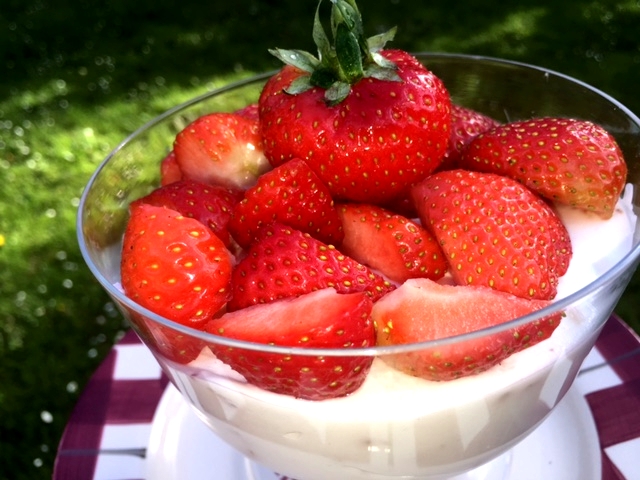







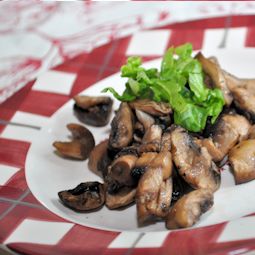


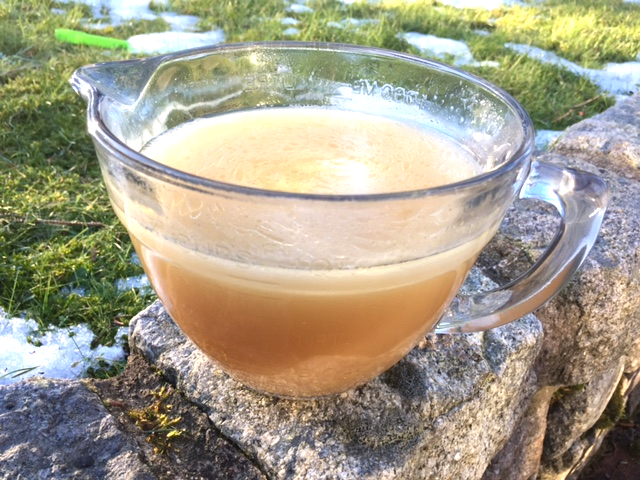

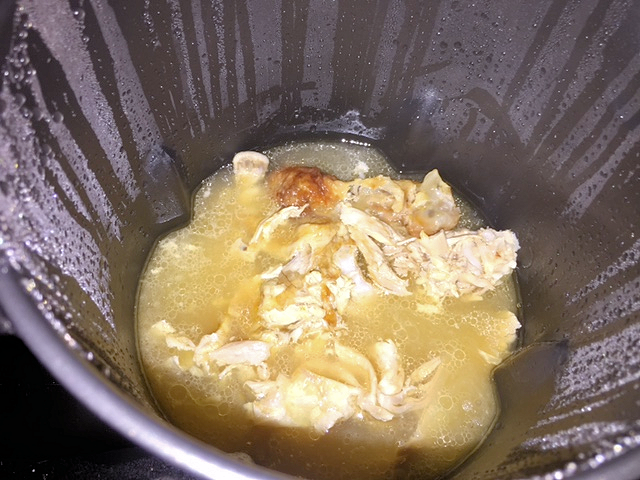

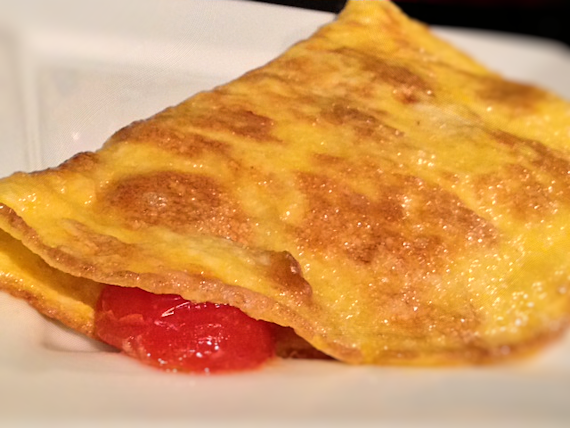

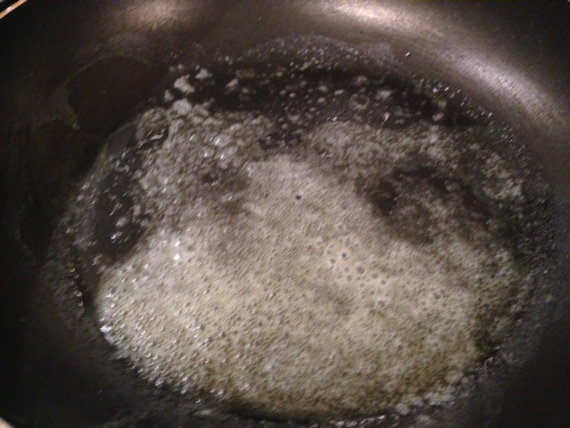




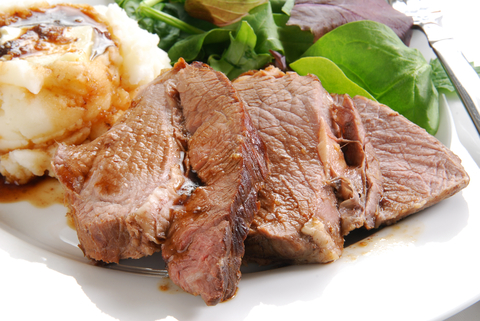

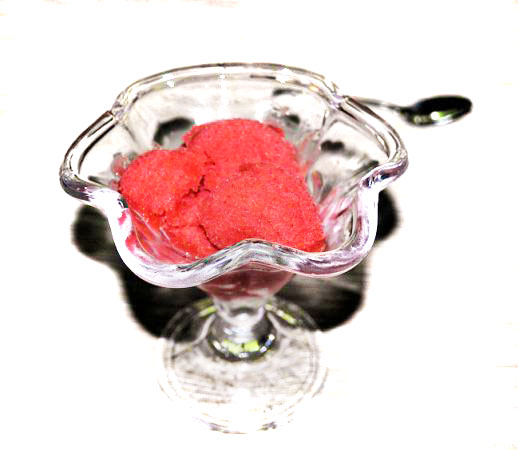






Can I put cooked garlic mushrooms in the fridge for a couple of days
Neeps is just short for turnips.
Made this last night and it as perfect , i never made bread before and its the first time i…